Why are water based lacquers becoming so popular
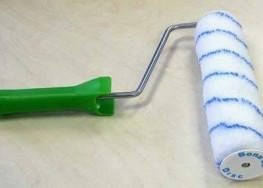 Why are water based lacquers becoming so popular?
Why are water based lacquers becoming so popular?
Before water-based lacquers, all lacquers where solvent based. The main advantages of wa er-based lacquers are: low VOC’s (“Volatile Organic Compounds”) and CMR’s (“Carcinogenic Mutagenic or Toxic to Reproduction”), environmentally friendly, they are safer and they meet KCMA and AWI specifications.
Dangers of solvent based lacquers:
VOC’s [] and CMR’s
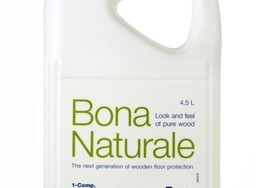
VOC’s are used as the solvent in these lacquers and evaporate during the drying process. When these chemicals evaporate the gases they produce can be harmful to both you and the environment. They are so harmful that the Association for the control of emissions in products for flooring installation [‘Gemeinschaft Emissionkontrolierte Verlegewerkstoffe’, or GEV for short] have produced a practical guideline called ‘Emicodes’. There are three classifications of Emicodes, EMICODE EC1 [very low emissions], EMICODE EC2 [low emissions] and EMICODE EC3 [not low emissions]. They are categorised by their TVOC (“Total Volatile Organic Compounds”).
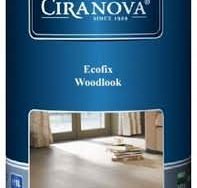
Since the Royal Decree on the 8th of May 2014 which “established the threshold levels of emissions to the indoor environment of the building products for specific intended use” Belgium has implemented one of the demands to the European building products regulation in relation to hygiene health and the environment. Which means that the TVOC may not exceed 1000µg/m³ and Total Semi-Volatile Organic Compounds (TSVOC) may not exceed 100µg/m³. They must also not exceed 1µg/m³ of any CMR compounds from categories 1A or 1B. Most experts believe that most other EU countries will soon follow Belgium’s example in an attempt to replace solvent-based lacquers with water-based.
Water-based lacquers, single or dual component?
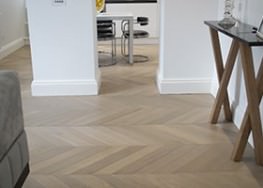
Water-based lacquers come in 2 types, single or dual component. The single component is a ‘ready to use’ lacquer and can be applied strait to the flooring, it is easy to use, has a long shelf life and can be applied by a low trained floor fitter. However the dual component lacquer will need to be mixed in exact quantities, the second coat will need to be applied within a short period of time and it may need light sanding in-between coats, but it is cheaper and can still give great results.
Conditions needed for the perfect water based lacquer finish
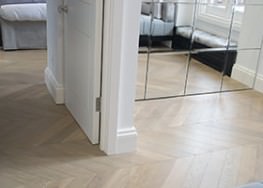
As the lacquer dries, the water molecules evaporate into the air, if the air humidity is above 85% this can restrict the evaporation lead to a badly finished product, also if the humidity is below 40% it can cause the lacquer to dry so fast that you won’t be able to apply it properly. The same applies to temperature, if it is greater than 40°C it will cause the lacquer to evaporate too quickly and if it is below 7°C it will evaporate too slowly. Care must be taken in ensuring that the lacquer has the correct conditions to dry, so that you get the perfect finish that you were hoping for.
Nowadays everyone agrees that the transition from solvent-based to water-based has not been at the expense of a top quality end result. They provide excellent adhesion and mechanical resistance as well as resistance to strong coloured products such as coffee, wine and soft drinks. Furthermore, they are easy to maintain, renovate and replace.